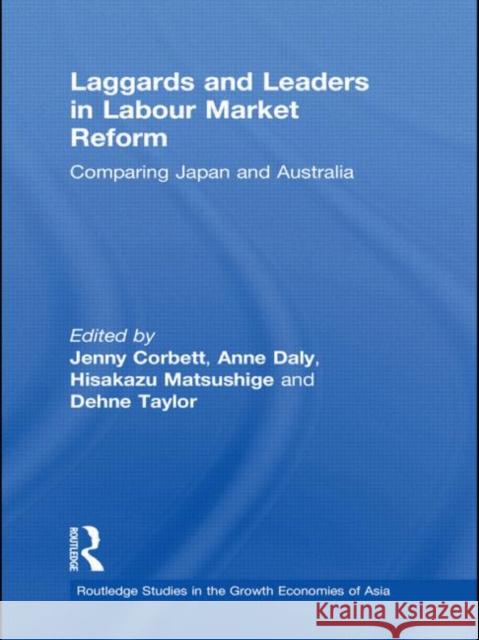Laggards and Leaders in Labour Market Reform : Comparing Japan and Australia » książka
Laggards and Leaders in Labour Market Reform : Comparing Japan and Australia
ISBN-13: 9780415495943 / Angielski / Twarda / 2009 / 284 str.
Laggards and Leaders in Labour Market Reform : Comparing Japan and Australia
ISBN-13: 9780415495943 / Angielski / Twarda / 2009 / 284 str.
(netto: 695,40 VAT: 5%)
Najniższa cena z 30 dni: 705,23
ok. 22 dni roboczych.
Darmowa dostawa!
This study discusses the key elements of labour market reform, contrasting a country where reforms have been successfully carried through, Australia, with one where reforms have been less successful, Japan. It demonstrates what the key elements of labour market reform are, and explores the key issues surrounding its implementation.
A flexible labour market is widely regarded as a key factor in encouraging economic growth and prosperity. In recent years some economies have successfully reformed their labour markets, making part-time and flexible hours easier, limiting the restrictive practices of trade unions, encouraging training and the enhancement of the skills of those in the labour market, coping with the changing age profile of the workforce and in other ways. Other economies have been less successful at labour market reform and continue to struggle with outdated structures and practices. This book discusses the key elements of labour market reform, contrasting a country where reforms have been successfully carried through, Australia, with a country where reforms have been less successful, Japan. The book thereby demonstrates to everyone interested in labour market reform worldwide what the key elements of labour market reform are, and what the effects are when the reforms are carried through, or not.











